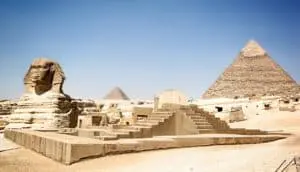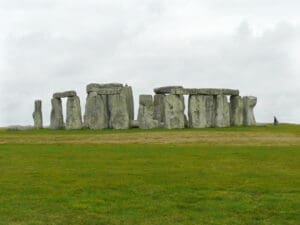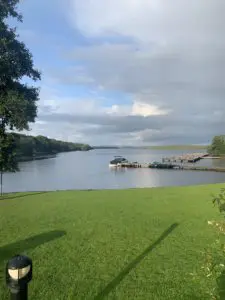New Mexico, USA: A Great Destination of Culture & History
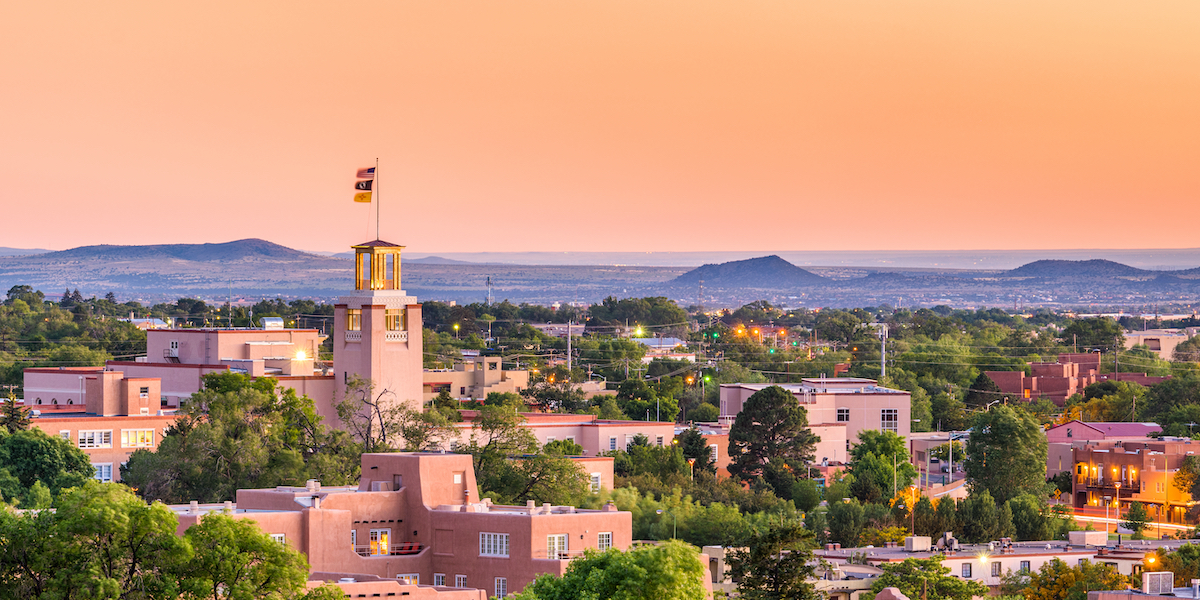
Updated On: November 09, 2023 by Courtney Augello
Located in the heart of the American Southwest, New Mexico, USA, is a land of captivating contrasts and harmonious fusion. With a history that stretches back to ancient civilisations and a culture that seamlessly blends Native American, Hispanic, and Anglo influences, the state showcases the resilience of the human spirit.
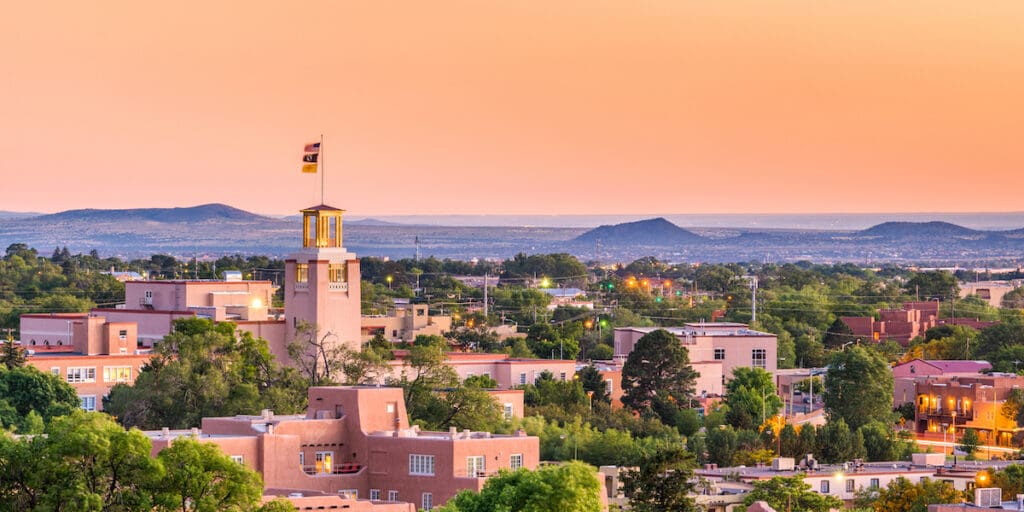
From the iconic adobe architecture to the breathtaking landscapes, New Mexico’s past and present converge to create an unparalleled destination that celebrates the confluence of diverse influences and the unending beauty of the Southwest.
To help you plan the best itinerary for a trip to New Mexico, we’ve explored the state’s history and most remarkable tourist attractions that continue to draw visitors from around the world.
Table of Contents
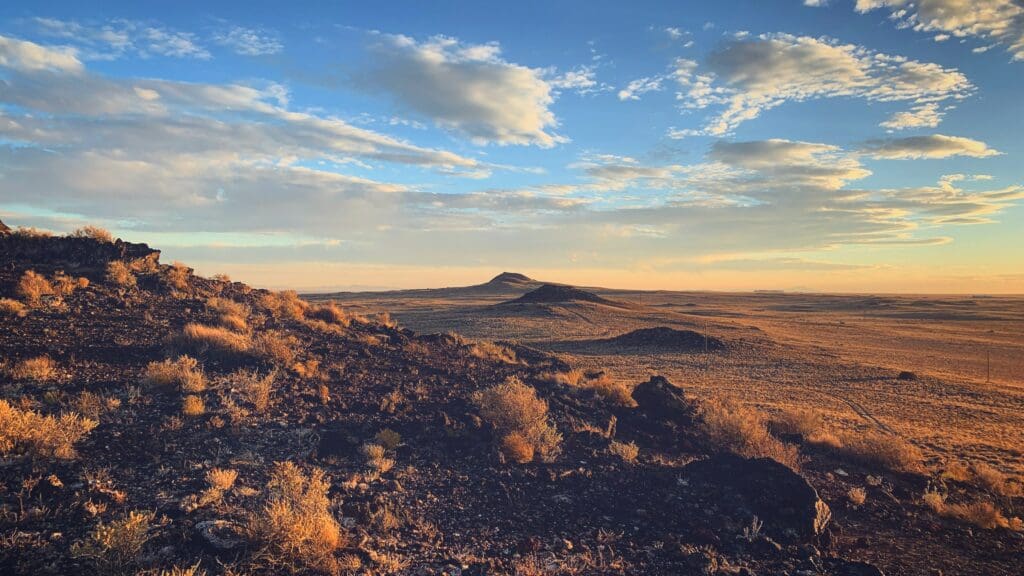
Historical Background
Native Civilisations and Early Settlements
Ancestral Puebloans
The land now known as New Mexico has a rich history that predates the arrival of European settlers, and the area was claimed by Native American civilisations. Among these civilisations, the Ancestral Puebloans stand as one of the most remarkable and intriguing.
These indigenous people, often referred to as the Anasazi, flourished in the region from around 700 to 1300 AD. Their lasting legacy can still be witnessed in the breathtaking cliff dwellings that dot the landscape of New Mexico.
These cliff dwellings offer a glimpse into the architectural ingenuity and resourcefulness of the Ancestral Puebloans. The multi-story stone structures, built into the sides of cliffs for protection and climate control, provide valuable insights into these ancient people’s daily lives, social structures, and religious practices.
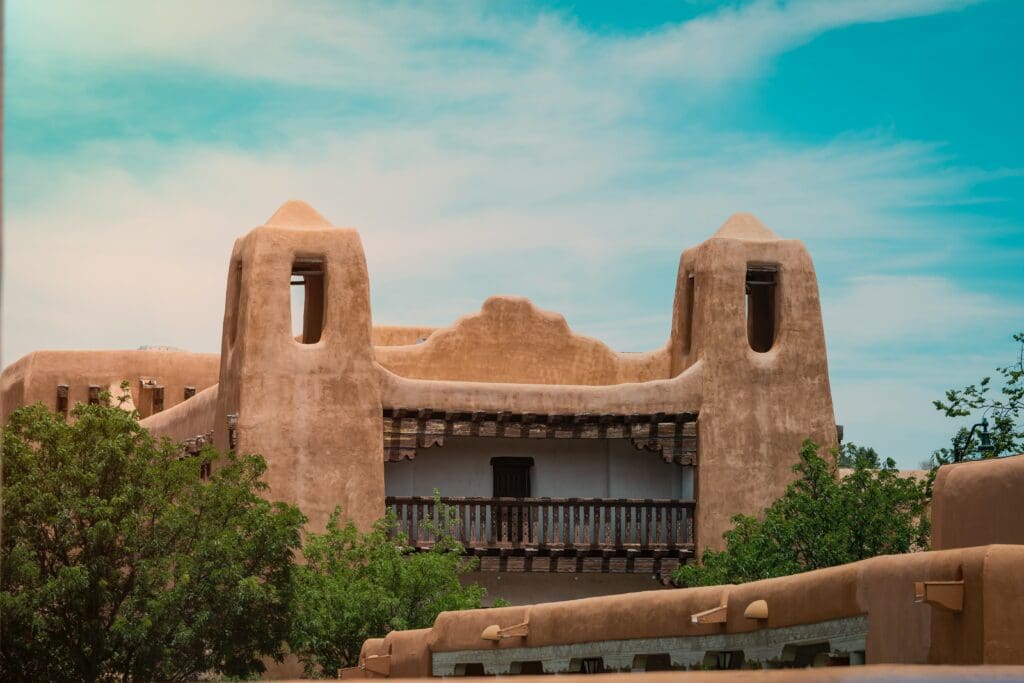
Influence of Indigenous Groups
In addition to the Ancestral Puebloans, New Mexico’s history is also interwoven with the presence and influence of other indigenous groups, including the Navajo, Apache, and various tribal communities.
The Navajo, renowned for their skilful weaving and intricate jewellery, have a deep connection to the region, particularly in the northwest areas of New Mexico. Their culture and traditions have left an indelible mark on the state, with vibrant artistry and a strong sense of identity that persists to this day.
The Apache, known for their nomadic lifestyle and exceptional warrior skills, also played a significant role in shaping the history of the region. Their influence extended across the southwestern parts of New Mexico, where they thrived through hunting, gathering, and occasional trading with neighbouring tribes.
The diverse indigenous groups of New Mexico collectively contributed to the rich cultural mosaic of the area. This history includes a wide range of languages, traditions, and belief systems. The interactions among these groups contributed to the region’s complex history, revealing how communities navigated challenges and opportunities.
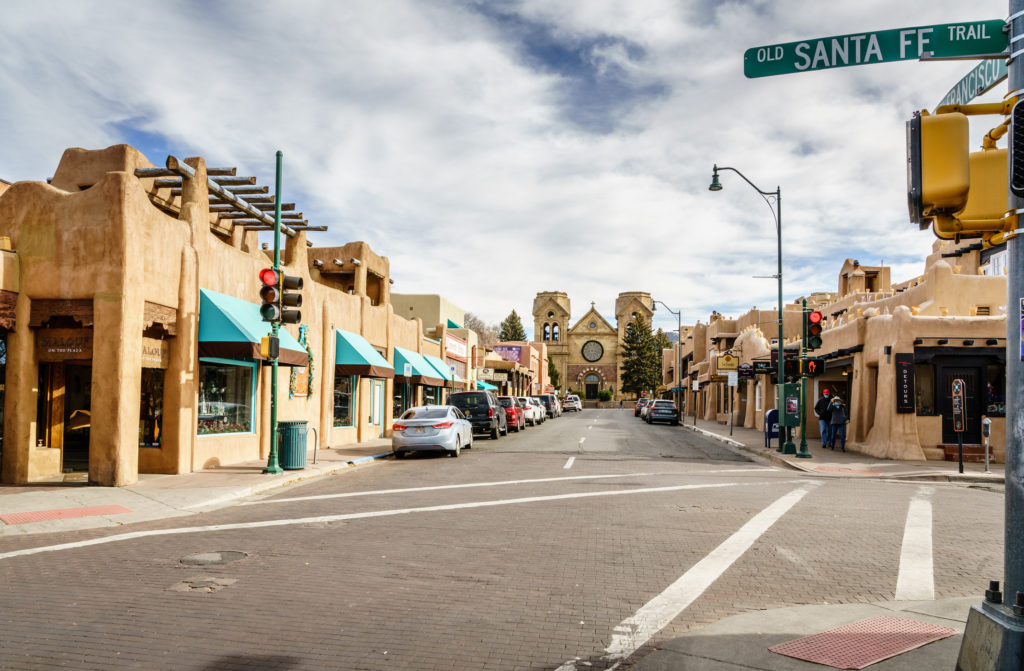
Spanish Colonisation and its Impacts
Founding of Santa Fe
The Spanish colonisation of New Mexico in the 16th century marked a pivotal period of history that impacted the region’s cultural landscape. At the forefront of this transformative era was the establishment of Santa Fe.
Santa Fe, New Mexico, is a city that not only stands as the oldest state capital in the United States but also serves as a vivid reflection of the convergence of Spanish architecture, traditions, and indigenous influences.
The founding of Santa Fe in 1610 by Spanish explorer Don Pedro de Peralta holds historical significance that reverberates through time. Peralta’s decision to establish Santa Fe was strategic, as it aimed to solidify Spanish control over the territory and facilitate trade routes between Mexico and other Spanish holdings.
Impact of Spanish Architecture and Traditions
One of the most remarkable legacies of Spanish colonisation in Santa Fe is the distinctive architectural and cultural fusion that continues to define the city. Spanish architecture, characterised by its adobe structures, thick walls, and flat roofs, became a defining feature of Santa Fe’s urban landscape.
The city’s architecture is a tangible representation of the synthesis between Spanish design principles and the availability of local materials. The use of adobe, a mixture of earth and water, reflected the scarcity of timber and showcased the practical adaptation to the region’s arid climate.
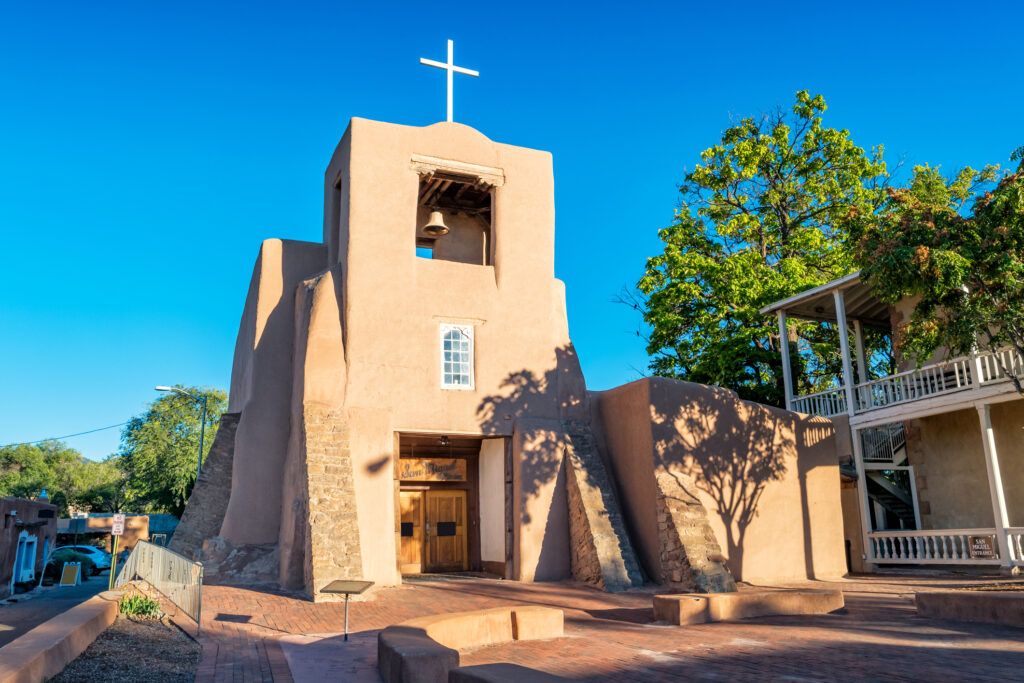
Moreover, the traditions and cultural practices brought by Spanish settlers enriched the social fabric of Santa Fe. Spanish festivals, religious ceremonies, and culinary practices became interwoven with the indigenous way of life, creating a vibrant tapestry of traditions that endures to this day.
The city’s unique blend of Spanish architecture and traditions showcases the intricate combination of cultural exchange and adaptation to the local environment. The adobe-lined streets and diverse cultural events remind visitors of the Spanish influence that has shaped Santa Fe’s identity.
Mexican Rule and its Effects
Mexican-American War
The era of Mexican rule over the American Southwest, including the region of present-day New Mexico, was a pivotal chapter in the area’s history that left a lasting imprint on its political, cultural, and social dynamics.
This period was marked by significant events, notably the Mexican-American War and the subsequent Treaty of Guadalupe Hidalgo, which reshaped the borders and identities of the southwestern territories.
The Mexican-American War (1846-1848) played a crucial role in determining the fate of New Mexico and the broader American Southwest. The United States’ expansionist ambitions clashed with Mexico’s sovereignty, leading to armed conflicts over territorial claims.
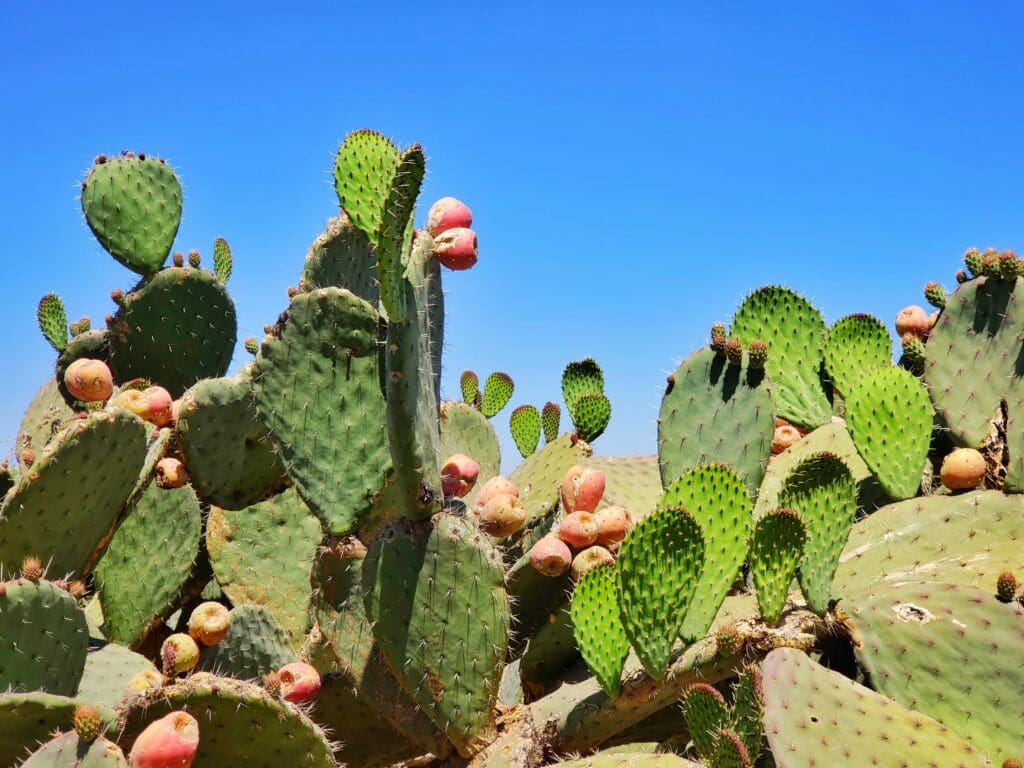
The war ended with the Treaty of Guadalupe Hidalgo in 1848. This treaty officially transferred land from Mexico to the United States, including New Mexico, California, and parts of present-day Arizona, Nevada, Utah, and Colorado.
Political and Cultural Shifts
The Treaty of Guadalupe Hidalgo had profound implications for New Mexico, sparking a dramatic shift in its political and cultural dynamics. The territory suddenly found itself under American jurisdiction, introducing a new set of laws, governance structures, and social systems.
The transition from Mexican to American rule was complex and multifaceted, as it required the integration of two distinct cultures with varying traditions, languages, and worldviews.
The predominantly Hispanic population of New Mexico faced challenges in adapting to the administrative changes imposed by the United States government while also grappling with the preservation of their cultural heritage.
The shift in political control also impacted the Native American and indigenous populations of New Mexico. The Treaty of Guadalupe Hidalgo afforded these communities a degree of legal recognition. Still, the ensuing decades witnessed the erosion of their land rights, cultural practices, and traditional ways of life.
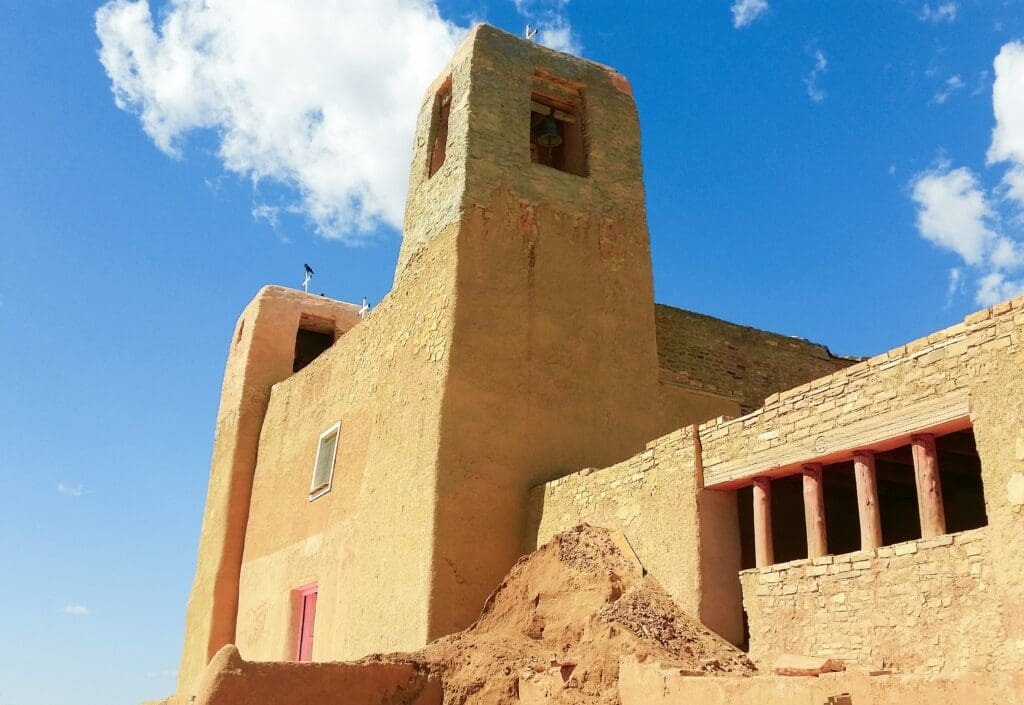
The new American authorities often disregarded the indigenous perspectives and interests, leading to tensions and conflicts that would reverberate through generations.
Additionally, the Mexican-American War and the subsequent changes in political allegiance greatly impacted New Mexico’s identity. While the territory’s Hispanic heritage remained an integral part of its cultural fabric, the influence of American governance introduced new opportunities and challenges.
Statehood and the American Civil War
Battles and Events
The path to statehood for New Mexico, USA, was a journey marked by significant historical events, including the territory’s involvement in the American Civil War. The struggle for statehood and the impact of the Civil War on New Mexico significantly shaped the socioeconomic landscape of the region.
During the American Civil War, New Mexico found itself at a crossroads, torn between its allegiance to the Union and the Confederate cause. The territory’s strategic location along major trade routes and its rich mineral resources made it a contested battleground.
The Battle of Glorieta Pass, fought in March 1862, is often referred to as the “Gettysburg of the West.” In this pivotal clash, Union forces successfully defended New Mexico against Confederate forces, preventing the South from gaining control over the region’s vital supply routes and potentially changing the course of the war.
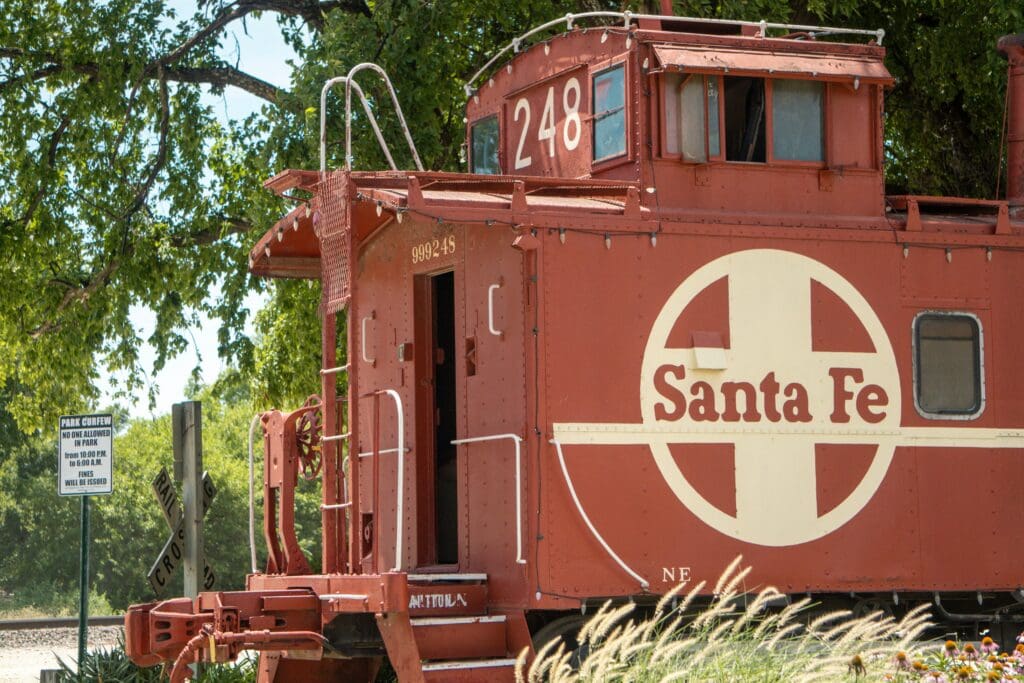
Post-War Changes
However, the war also brought challenges, including disruption of trade routes, depopulation, and strained resources. The post-war era witnessed efforts to rebuild and redefine New Mexico’s identity within a nation that was undergoing profound transformation.
The events of the Civil War left a lasting impact on New Mexico’s socioeconomic landscape. The presence of military troops and the demands of war fueled economic growth led to increased mining activities and the expansion of trade networks.
The influence of the railroad played a significant role in shaping post-Civil War New Mexico. The construction of the Atchison, Topeka and Santa Fe Railway opened up new avenues for transportation, commerce, and migration.
The railroads also played a pivotal role in connecting New Mexico with the broader United States, enabling the exchange of ideas, technologies, and cultural practices. They fostered a sense of unity within the nation while preserving New Mexico’s distinct identity.
Cultural Heritage
Native American Culture
Native Crafts
The Native American culture of New Mexico, USA, is woven with rich traditions, artistic expressions, and a deep connection to the land. This diverse heritage encompasses a range of Native tribes, each contributing unique crafts, rituals, and celebrations that continue to thrive in the region.

One of the most striking facets of Native American culture in New Mexico is the artistry demonstrated in crafts, pottery, and jewellery. The Pueblo people, for instance, have a centuries-old tradition of creating intricate pottery that reflects their intimate understanding of the land’s resources and their spiritual connection to it.
Pueblo pottery is characterised by intricate designs, vibrant colours, and distinctive shapes, often drawing inspiration from nature and sacred symbols. The process of creating pottery, from gathering clay to firing the pieces, is a testament to the Pueblo people’s ability to blend traditional techniques with modern innovation.
Equally mesmerising is the jewellery crafted by the Native American tribes of New Mexico. The Navajo and Zuni, in particular, are renowned for their exquisite silverwork and intricate stone inlay techniques. Each piece of jewellery is a work of art, reflecting not only the skill of the artisans but also the deep symbolism embedded in their designs.
Celebrations and Rituals
Native American celebrations and rituals also offer a glimpse into the spiritual fabric of the region. Various tribes in New Mexico, such as the Pueblo, Apache, and Navajo, hold unique ceremonies and rituals that honour nature, ancestors, and the cycles of life.
The Pueblo people, for instance, hold intricate dances and rituals to celebrate the changing of seasons and express gratitude for the earth’s bounty. The Gathering of Nations Powwow, an annual event held in Albuquerque, brings together tribes from across North America to showcase their traditional dances, songs, and regalia.
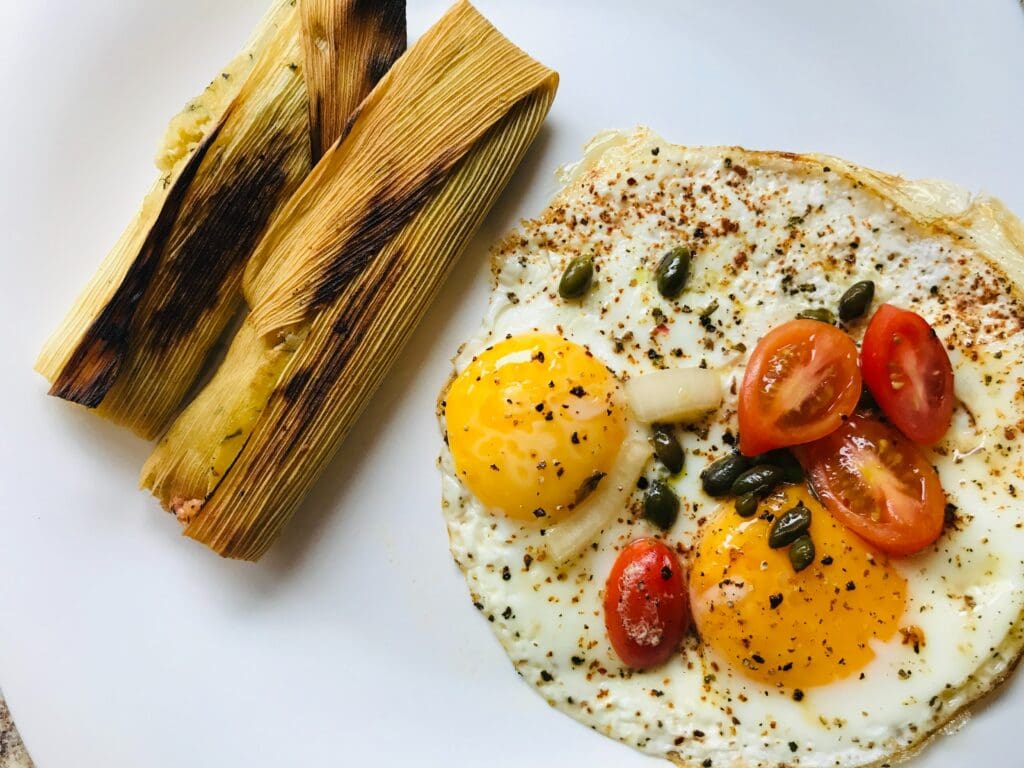
The preservation and continuation of these traditions not only honour the legacy of Native American cultures but also contribute to the rich cultural mosaic that defines the vibrant tapestry of New Mexico’s cultural landscape.
Hispanic Traditions
New Mexico, USA, is a place where Hispanic traditions have melded with other cultural influences, creating a dynamic and unique fusion that enriches the region’s identity. From traditional food and music to vibrant dances and distinctive architecture, Hispanic heritage is a key aspect of the region.
One of the most prominent aspects of Hispanic culture in New Mexico is its culinary traditions. Traditional dishes such as tamales, enchiladas, and posole reflect a melding of Spanish and Indigenous flavours, resulting in a cuisine that is both hearty and flavorful.
In music and dance, the Hispanic influence is equally profound. Traditional Spanish guitar and violin music merge with Native American drumming rhythms to create a melodic symphony that reflects the region’s diverse cultural fabric.
The mariachi and ranchera music genres, often accompanied by traditional dances, show the celebratory spirit of Hispanic communities. These performances not only entertain but also preserve and transfer cultural values, stories, and emotions from generation to generation.
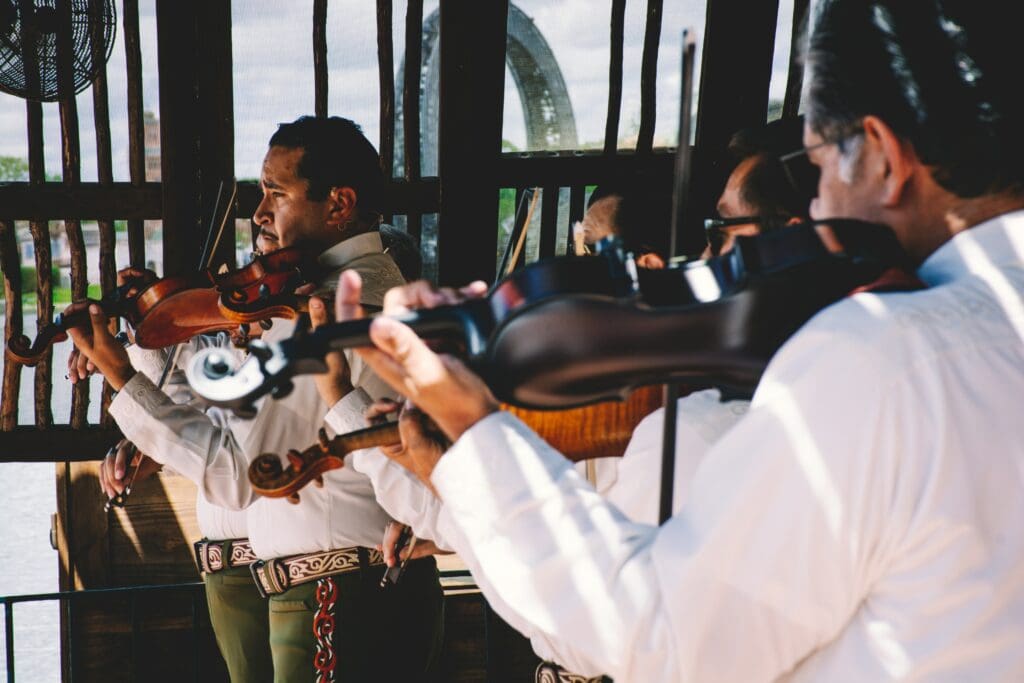
Contributions to the Arts
Georgia O’Keeffe
The artistic landscape of New Mexico, USA, is as diverse and captivating as its natural beauty. From its striking landscapes to its vibrant cultural heritage, the state has inspired countless artists, fostering creativity and innovation.
Georgia O’Keeffe’s artistic allure to the landscapes of New Mexico is a testament to the profound impact of the region’s natural beauty on the creative spirit. O’Keeffe first visited New Mexico in 1929 and was immediately drawn to the unique landscapes that embodied a sense of solitude, vastness, and spiritual connection.
Her iconic paintings of enlarged flowers, dramatic landscapes, and bleached animal skulls captured the essence of the region’s rugged beauty and unveiled the intricate relationship between art and nature.
Taos Society of Artists
Equally influential in shaping New Mexico’s artistic landscape was the Taos Society of Artists, a collective founded in 1915 that profoundly impacted the region’s art scene. Comprising both native artists and ones from across the country, the society sought to capture the enchanting landscapes and cultural fabric of the region.
The members of the society embraced a range of styles, from traditional to modern, while incorporating elements of Native American and Hispanic artistry. Their paintings, which depicted the beauty of New Mexico’s landscapes, people, and way of life, helped establish the region as a haven for artists exploring new creative avenues.
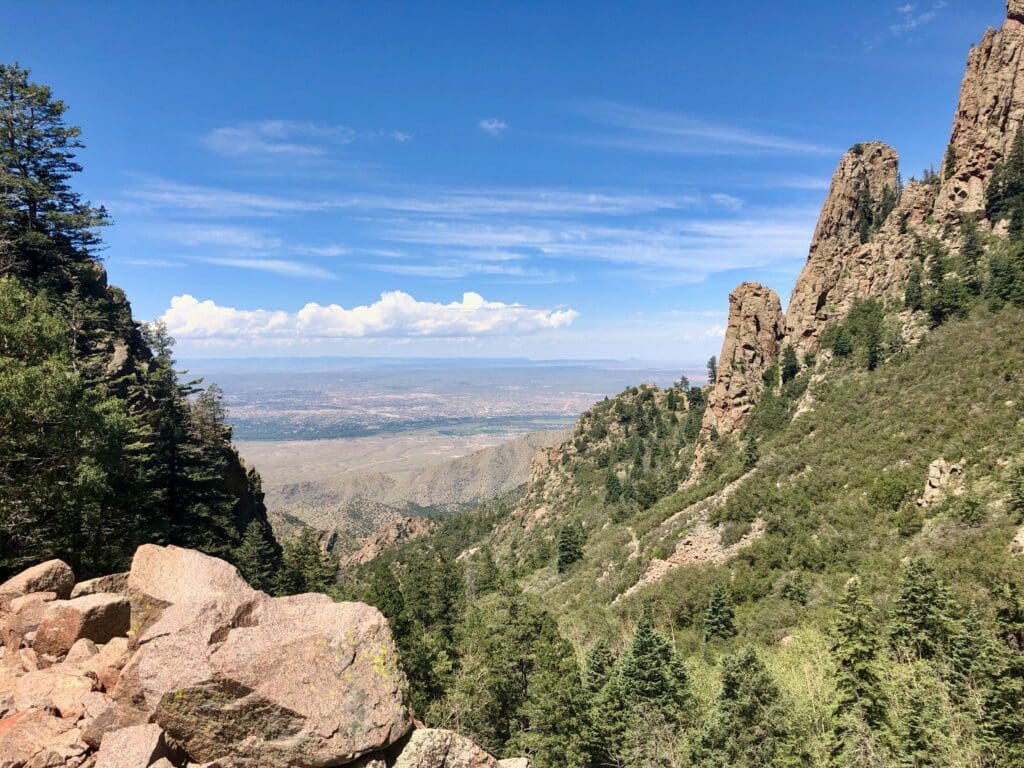
The legacy of the Taos Society of Artists is still noticeable today in the region’s artistic DNA. Their contributions paved the way for future generations of artists to find inspiration and tell their own stories through their work.
Tourist Attractions
Natural Wonders and Outdoor Activities
White Sands National Park
New Mexico, USA, boasts an array of natural wonders that beckon adventurers and nature enthusiasts alike. White Sands National Park is a testament to the sublime beauty that nature can create. The park’s vast expanse of white gypsum sand dunes forms a mesmerising landscape that appears to be plucked from a dream.
The dunes, which shift and change with the wind, offer visitors a chance to experience a serene and surreal environment. Sunset and sunrise over the dunes paint the sky with breathtaking hues, providing photographers and nature enthusiasts with an otherworldly backdrop for capturing moments of pure magic.
The park’s unique geological formation offers a playground for sandboarding, hiking, and even stargazing, creating a dynamic space where adventure and wonder merge.

Sangre de Cristo Mountains
Located in the heart of New Mexico are the Sangre de Cristo Mountains, a paradise for outdoor enthusiasts seeking rugged exploration. These majestic peaks provide a haven for activities such as hiking, skiing, mountain biking, and camping.
The mountains’ diverse terrain offers trails for all skill levels, from leisurely strolls through alpine meadows to challenging ascents that reward hikers with breathtaking panoramic views. During the winter months, the Sangre de Cristo Mountains transform into a winter wonderland, inviting skiers and snowboarders to experience the thrill of the slopes.
Carlsbad Caverns National Park
Carlsbad Caverns National Park offers a different kind of enchantment, one that lies beneath the surface of the Earth. The park’s intricate system of limestone caves reveals an underground world adorned with breathtaking formations, including stalactites, stalagmites, and intricate calcite structures.
The Big Room, one of the largest underground chambers in the world, is a testament to the awe-inspiring forces that shape our planet. Visitors can explore this underground wonderland through guided tours that explore the park’s geology, history, and the creatures that call the caves home.
Historic Landmarks and Architectural Gems
Taos Pueblo
The Taos Pueblo is a testament to the enduring strength of Native American culture and the artistry of adobe architecture. With a history spanning over a thousand years, this UNESCO World Heritage Site is one of North America’s oldest continuously inhabited communities.
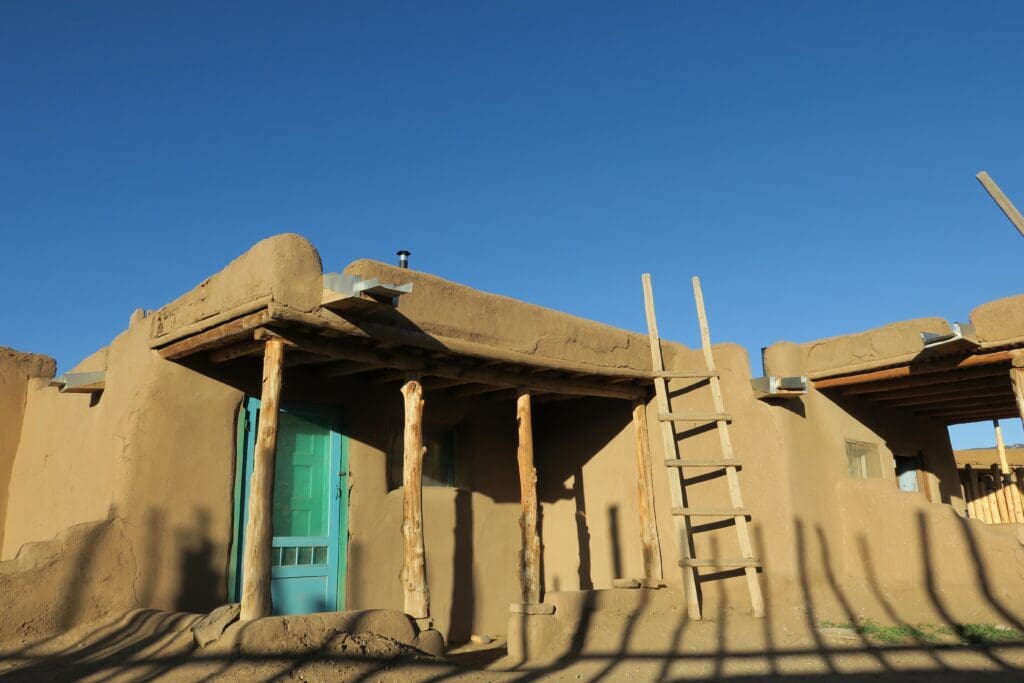
The multi-storied adobe buildings that make up the pueblo exhibit a harmonious blend of Native American and Spanish influences. The walls, constructed from locally sourced clay and straw, exude an earthy warmth while also providing effective insulation against the region’s extreme climate.
The pueblo’s architectural layout, with its tight-knit structures and communal spaces, reflects the cultural values of community, spirituality, and respect for the land.
San Miguel Mission
San Miguel Mission, located in Santa Fe, is the oldest church in the United States. Built in the early 17th century, the mission’s adobe walls and simple yet elegant design encapsulate the early Spanish influence on the region’s architecture.
The mission’s significance is not only architectural but also cultural and spiritual, as it served as a centre for religious practice and cultural exchange. The intricate wooden details and religious artworks within the church provide a window into the spiritual lives of the people who gathered there, creating a connection between past and present.
Santa Fe Plaza
The heart of Santa Fe, the Santa Fe Plaza, serves as a living tribute to the city’s history and architectural heritage. This central gathering place is surrounded by adobe buildings that capture the essence of the region’s unique architectural style.
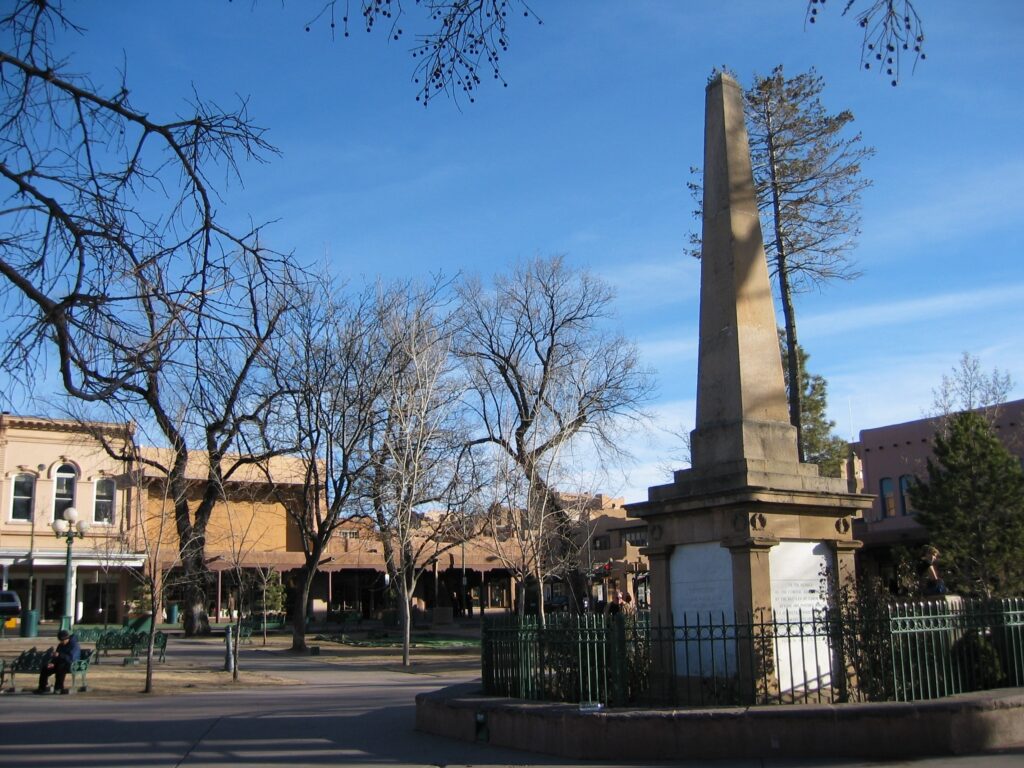
The plaza and its surrounding area offer a visual narrative of New Mexico’s past, with adobe structures housing boutiques, galleries, and restaurants that showcase a blend of Hispanic and Native American influences.
The Palace of the Governors, a historic building along the plaza, is the oldest continuously occupied public building in the United States. The juxtaposition of modern activities against the backdrop of historic architecture creates a dynamic atmosphere that seamlessly merges the old with the new.
Festivals and Cultural Events
Santa Fe Indian Market
New Mexico, USA, is a cultural treasure trove where festivals and events bring the region’s vibrant traditions, artistic expressions, and diverse heritage to life. Among the many celebrations that grace the state’s calendar, the Santa Fe Indian Market stands out as a shining examples of the intersection between culture, art, and community.
The Santa Fe Indian Market is a celebration of Native American artistry that draws artists and visitors from around the world to the heart of Santa Fe. This event is held annually to showcase the rich cultural heritage and artistic brilliance of Native American communities.
Artists from various tribes gather to display their creations, which encompass a wide range of mediums, including pottery, jewellery, textiles, and paintings. This market is more than just a marketplace; it’s a cultural exchange that bridges generations and honours the traditional techniques that have been passed down through the ages.

The event provides artists with a platform to share their work and invites visitors to engage with the stories and histories behind each piece, fostering a deeper appreciation for the significance of Native American artistry.
Albuquerque International Balloon Fiesta
The Albuquerque International Balloon Fiesta paints the sky with a kaleidoscope of colours, transforming the New Mexico desert into a breathtaking canvas. Held each year, this event is one of the world’s largest hot-air balloon festivals, attracting balloon enthusiasts, photographers, and families from far and wide.
The sky is adorned with vibrant balloons of all shapes and sizes, creating a whimsical spectacle that captures the imagination. As these colourful giants take flight, visitors are treated to a visual symphony that dances against the backdrop of the majestic Sandia Mountains.
Beyond the visual splendour, the fiesta offers a unique opportunity to witness the camaraderie and passion of balloonists as they participate in races, competitions, and nighttime balloon glows that light up the dark desert skies.
These festivals are windows into the soul of New Mexico’s culture and spirit. They showcase the unity, creativity, and diversity that define New Mexico, inviting locals and visitors alike to partake in the vibrant tapestry of traditions and experiences that make the state a truly exceptional destination.

New Mexico is a Fantastic Destination in the USA
New Mexico, USA, is bursting with history, culture, and natural beauty that come together to create a truly captivating destination. The lands across the state tell stories of resilience, adaptation, and the interplay of diverse cultures.
As tourists traverse the sun-soaked deserts, explore ancient ruins, and embrace the traditions that shape the state’s identity, they become part of the ongoing story of New Mexico’s past, present, and future.
Whether you seek adventure, cultural exploration, or a deeper connection with nature, New Mexico is one of the most fascinating states to visit. The state leaves all who visit with unforgettable and cherished memories.
If you’re interested in visiting the Southwest United States, check out our blog on USA Travel Statistics: Important Info & Tips Before You Go.


